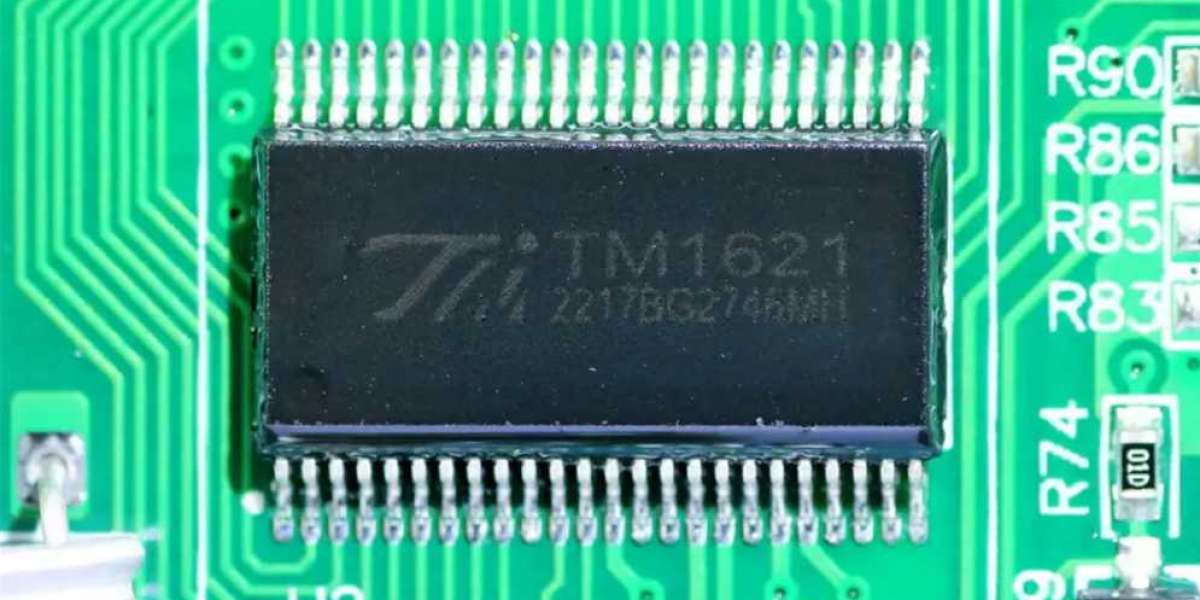In today’s data-driven world, efficient and reliable communication is a fundamental component of almost all electronic systems. Whether it’s in high-speed networking, video streaming, or telecommunications, managing large amounts of data efficiently is essential. While serializers help in sending data in a high-speed, serial format, deserializers perform the opposite task — they convert serial data back to its original parallel format for further processing.
In this article, we will explore the technical principles of deserializers, their types, applications, and their vital role in modern electronic systems.
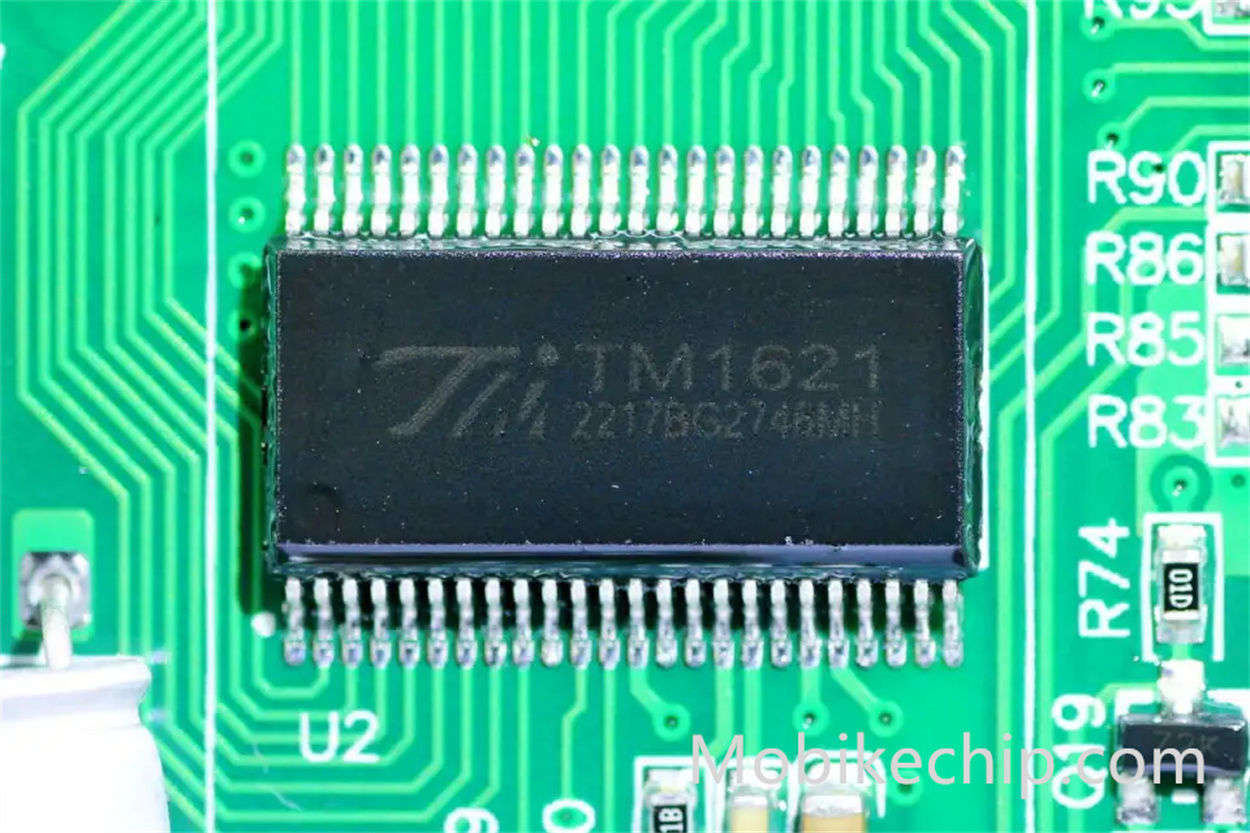
What is a Deserializer Chip?
A deserializer chip is an integrated circuit (IC) that reverses the function of a serializer. It converts serial data, which is transmitted one bit at a time, back into parallel data, where multiple bits are processed simultaneously. Deserializers are used in systems where data is transmitted serially over long distances or at high speeds but needs to be processed in parallel once it reaches its destination.
These chips are vital in communication systems, especially in high-speed networks, where data needs to be transmitted efficiently without unnecessary duplication of connections. The deserializer essentially ensures that the receiving end can understand and process the transmitted data by converting it back to its native parallel format.
How Do Deserializer Chips Work?
The function of a deserializer is to take serial data and reformat it for processing in a parallel system. Below are the key principles behind how deserializer chips work:
1. Serial to Parallel Conversion
The deserializer takes a stream of bits that are transmitted serially and converts them into parallel data by redistributing the bits across multiple output lines. For example, a 1 Gbps serial signal could be converted back into a 32-bit parallel output, enabling the system to process multiple bits at once.
2. Clock Recovery and Synchronization
One of the key challenges of deserialization is maintaining synchronization between the data stream and the receiving system. Deserializers use clock recovery circuits to extract the timing information from the serial data stream. This ensures that the deserializer aligns the incoming bits with the correct timing, ensuring accurate parallel data reconstruction.
3. Data Re-Formatting and Buffering
Once the serial data is converted into parallel format, it is often buffered temporarily before being processed. Some deserializer chips also support data re-formatting, allowing the output to be adjusted to match the format required by downstream processing systems.
4. Error Detection and Correction
In high-speed data transmission, errors can occur due to noise or signal degradation. Deserializer chips often integrate error detection and correction mechanisms to ensure the integrity of the data during the conversion process. These features are critical in maintaining the reliability of communication systems, especially in applications that demand real-time data.
Types of Deserializer Chips
Deserializer chips come in various forms, tailored for different applications. These chips can be categorized based on their speed, functionality, and specific use cases:
1. High-Speed Deserializer Chips
High-speed deserializers are designed to handle data rates of several gigabits per second (Gbps). These chips are typically used in systems where high-bandwidth data needs to be received and processed, such as in video streaming, high-performance computing, and high-speed networking.
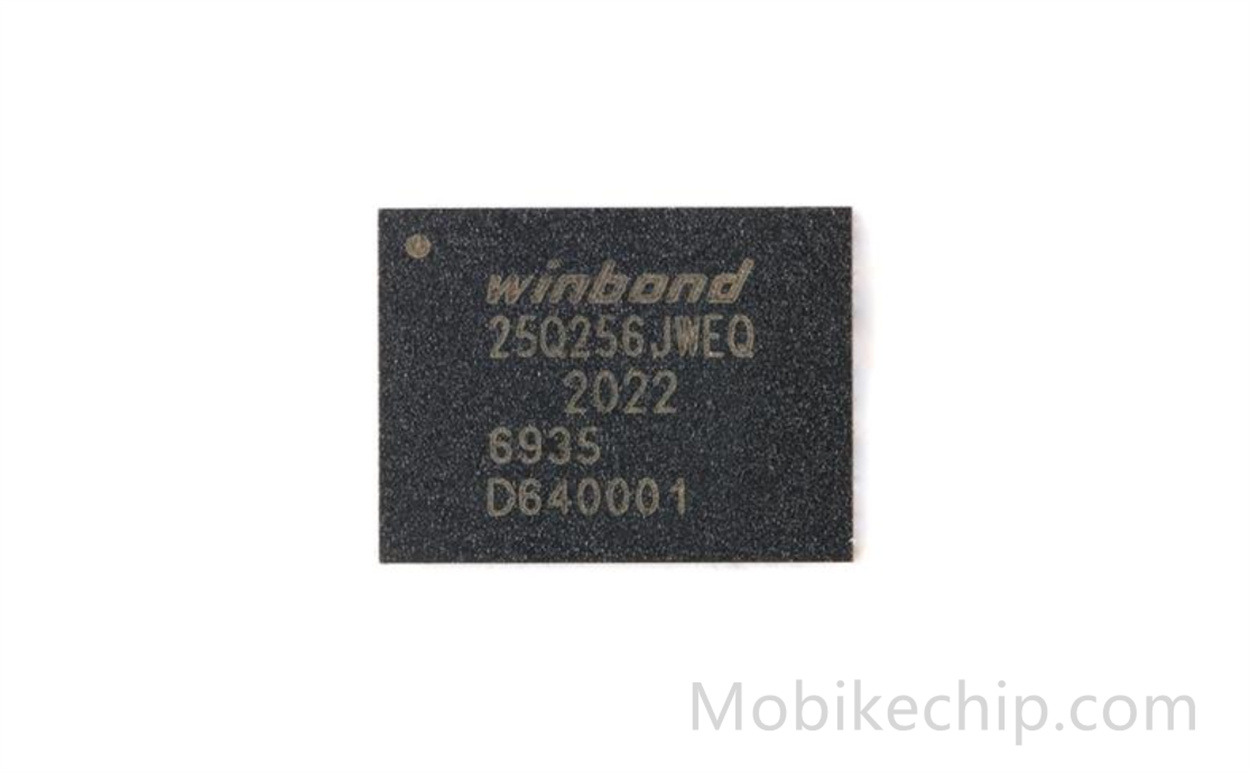
Key Features:
- Supports very high data transfer speeds
- Low-latency processing for real-time applications
- Used in demanding applications like video codecs, networking switches, and computer interconnects
Applications:
- High-definition video processing
- Data center interconnects
- Networking and telecommunications equipment
2. Low-Power Deserializer Chips
Low-power deserializers are optimized for battery-operated devices and applications where energy efficiency is essential. These chips ensure that data transmission and reception are efficient while minimizing power consumption. They are often used in mobile devices, IoT (Internet of Things) systems, and portable gadgets.
Key Features:
- Low power consumption to extend battery life
- Compact design to fit into space-constrained environments
- Suitable for portable applications requiring efficient data processing
Applications:
- Smartphones and tablets
- Wearable devices
- IoT devices
3. Multi-Channel Deserializer Chips
Multi-channel deserializers are designed to process multiple data streams simultaneously, which is especially useful in applications like multi-camera systems or multi-sensor arrays. These deserializers can handle multiple input data lines and convert them into parallel outputs, allowing for more efficient and scalable data processing.
Key Features:
- Supports multiple parallel data streams
- Enhanced scalability for large systems
- Designed for applications with complex data needs
Applications:
- Multi-camera surveillance systems
- Autonomous vehicles (multiple sensor data)
- Industrial automation and robotics
4. Optical Deserializer Chips
Optical deserializer chips are specifically designed to work with optical data transmission systems. These chips convert high-speed serial data that is transmitted via optical fiber into parallel data for further processing. Optical deserializers are critical in telecommunication networks, especially in long-distance and high-speed internet infrastructure.
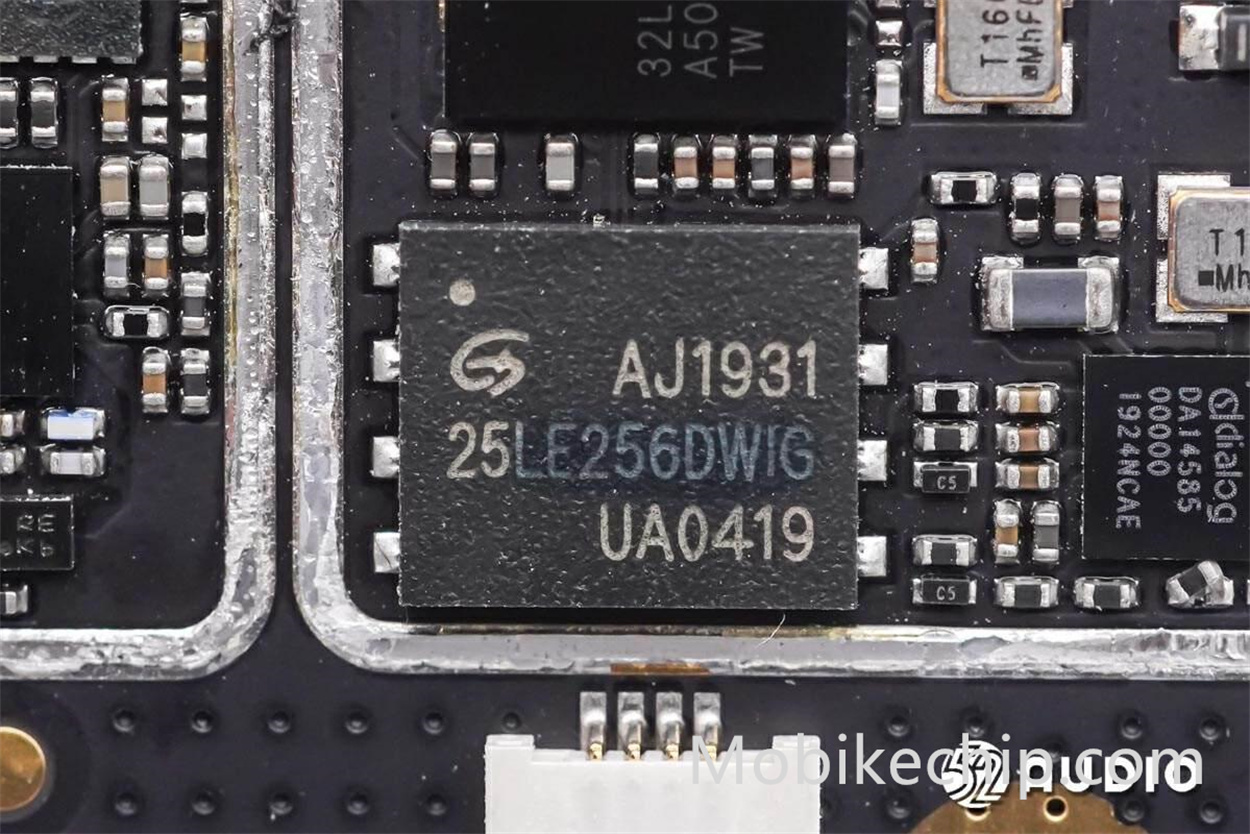
Key Features:
- Designed for fiber-optic communication systems
- High-speed data conversion with minimal loss
- High reliability for long-distance transmission
Applications:
- Fiber-optic communication systems
- Long-distance telecommunications networks
- Data center interconnects
Applications of Deserializer Chips
Deserializer chips play a pivotal role in several industries where data must be transmitted over long distances or at high speeds. Let’s explore some of the key applications:
1. High-Speed Data Communications
In industries like telecommunications and networking, deserializers are used in high-speed data communication systems where serial data transmission is preferred due to its efficiency. The deserializer ensures that the received serial data is converted back to parallel for further processing.
- Telecommunication networks: Deserializer chips are used to convert high-speed serial signals back into parallel data for routing and processing.
- Data centers: In cloud computing and data centers, deserializers help in high-bandwidth communications between servers and storage systems.
2. Video and Audio Processing
High-definition video and audio require massive amounts of data to be transmitted in real-time. Serializers and deserializers work in tandem to ensure that video content is transmitted efficiently and then processed correctly at the receiving end. These chips are also used in video encoding/decoding, making them essential for video surveillance and streaming.
- HD video processing: Deserializer chips are used in video cameras, video conferencing systems, and streaming devices to convert the received serial data into parallel format for processing.
- Broadcasting: Deserializers are integral in professional broadcasting equipment where high-quality video and audio signals are transmitted and processed.
3. Automotive Systems
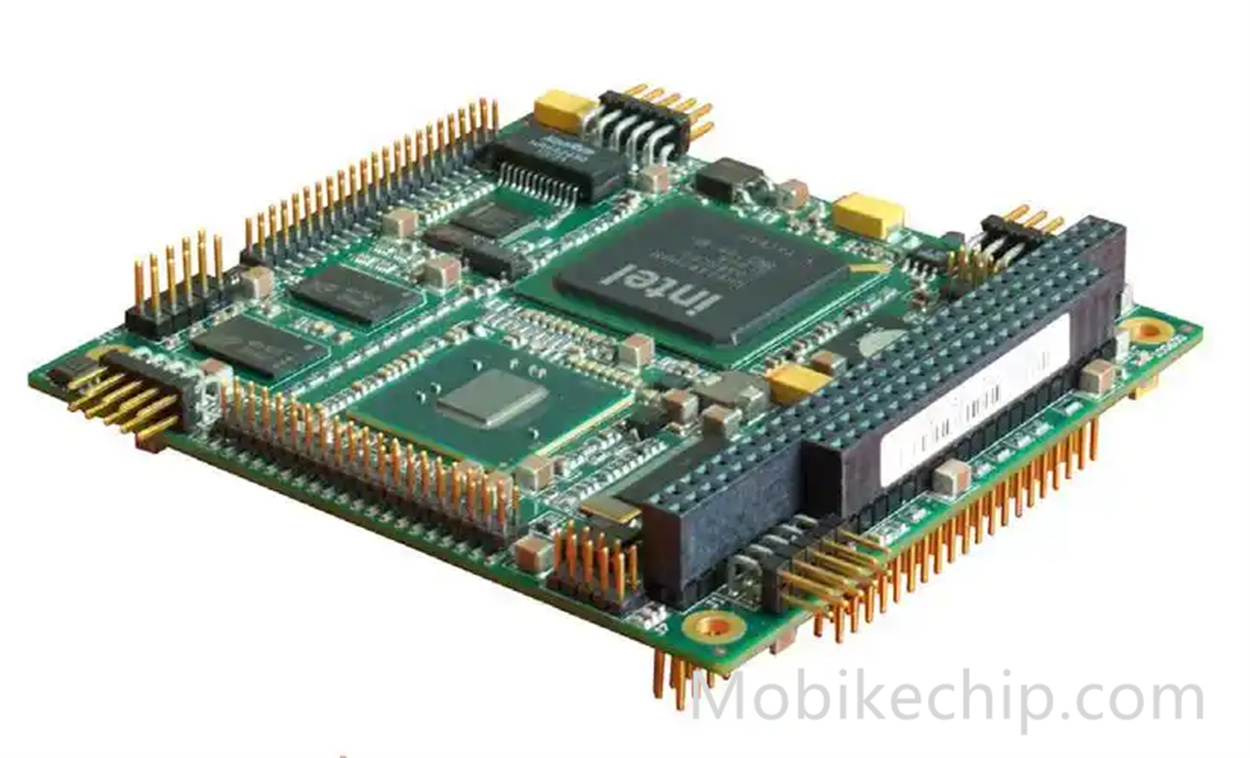
Modern vehicles use a variety of sensors and cameras that require real-time data transmission for applications like driver assistance systems and autonomous driving. Deserializer chips are used to process data from these sensors and cameras, ensuring smooth operation of these systems.
- Advanced Driver Assistance Systems (ADAS): Deserializer chips are crucial for receiving and processing the data from vehicle cameras and sensors.
- In-vehicle communication: Deserializer chips ensure efficient communication within the vehicle’s various systems.
4. Industrial Automation
In industrial environments, deserializer chips are used in automation systems to process high-speed data coming from sensors, actuators, and controllers. These chips enable real-time decision-making in systems like robotic arms, conveyor belts, and production lines.
- Robotic systems: Deserializer chips help in processing the data transmitted by cameras and sensors in robotic systems for efficient functioning.
- Process monitoring: Deserializers ensure that data from industrial sensors is received and processed for monitoring system health and performance.
Deserializer Chips Conclusion
Deserializer chips are vital components in any system that requires the reverse conversion of serial data back into parallel format. From telecommunications to video processing and automotive systems, deserializers ensure that high-speed data transmission can be utilized effectively in modern devices and networks. Their role in simplifying and improving data transmission systems makes them indispensable in the development of next-generation electronics.
At MobikeChip, we offer a wide range of deserializer chips designed to meet the needs of various industries. Whether you are looking for high-speed solutions, low-power options, or multi-channel deserializers, we have the right components for your needs.
About Us
MobikeChip offers a broad range of genuine electronic components from over 2,600 manufacturers at competitive prices. Our product portfolio includes Integrated Circuits (ICs), Discrete Semiconductor Products, Resistors, Capacitors, Relays, Switches, Transformers, Sensors, Transducers, Inductors, Coils, Chokes, Potentiometers, Variable Resistors, Crystals, Thermal Management products, and more.
Category page: Serializers, Deserializers-Interface-Manufacturers-Dealer-MobikeChip
